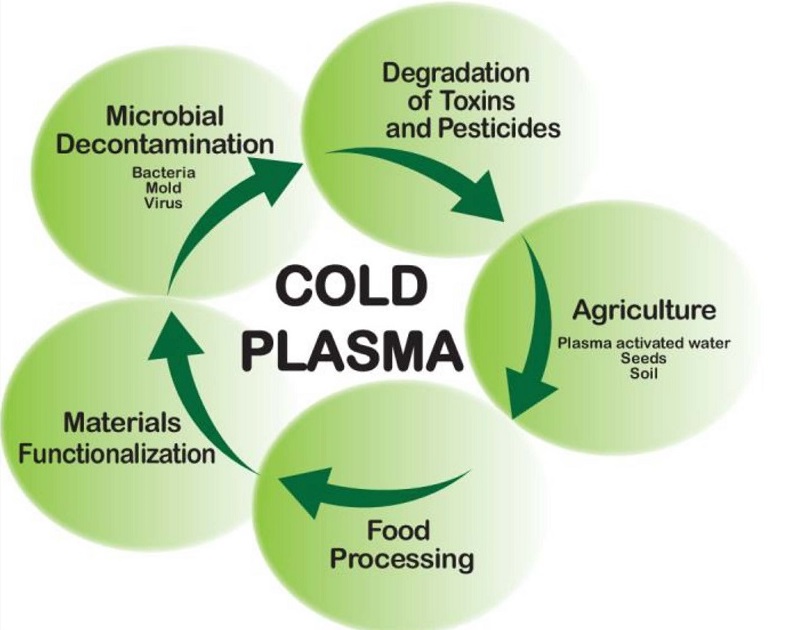
Yes, matter has a fourth state other than the three, everyone knows about – solid, liquid and gas. This fourth state of matter is called Plasma. So, what could a plasma be and why should we bother to know about it?
A nonthermal plasma, cold plasma or non-equilibrium plasma is a plasma that isn’t in thermodynamic equilibrium, because the electron temperature is way hotter than the temperature of significant species (ions and neutrals). As solely electrons are thermalized, their Maxwell-Boltzmann rate distribution is very different from the ion velocity distribution. once one among the velocities of a species doesn’t follow a Maxwell-Boltzmann distribution, the plasma is claimed to be non-Maxwellian.
A kind of common nonthermal plasma is the mercury-vapor gas within a fluorescent lamp, where the “electron gas” reaches a temperature of 20,000 K (19,700 °C; 35,500 °F) while the rest of the gas, ions and neutral atoms, stays barely above room temperature, so the bulb can even be touched with hands while operating.
In the laboratory, cold plasmas are generally produced by the provision of electrical energy to different inert gases. This can be done at room temperature and at atmospheric pressure. This means that we avoid all the hassles of big costly instruments, making cold plasma technology affordable.
There are two very fascinating things about cold plasma. First, cold plasma is a source of high-temperature electrons at ambient conditions (room temperature & pressure). Second, cold plasma – when interacting with an open or controlled environment, produces many reactive species. Those reactive species can be used for many chemical reactions in different fields of science.
Applications of cold plasma
In Biomedicine, cold plasma is utilized for the treatment of teeth, skin and sterilization of medical devices. In material science, it’s used for surface modifications (computer chip production). In food industry, cold plasma finds applications within the packaging method as well as in food production. In environmental sciences, it’s utilized in air and water purification and plenty of more. Due to low heat capacity of cold plasma, the diversity of plasma applications and above all the cost efficiency of its production caused a really high interest in plasma technology.
